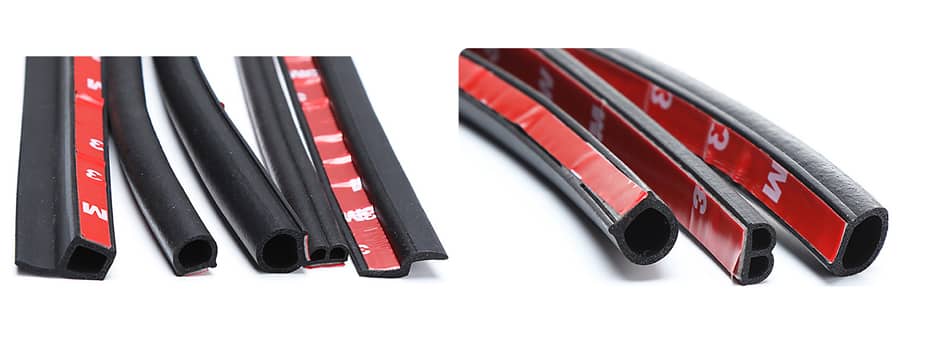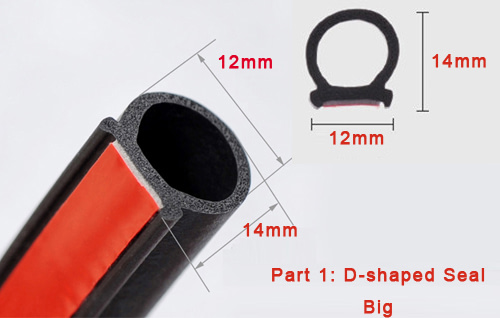There are four principal functions of setting blocks which are essential to understand if their installation is to be successful:
-
Provide a cushion for the glass panel to sit on and support the panels dead load
-
Enable the proper glass bite at the cill.
-
Glass edges are prevented from touching the cill frame because the setting block ensures there is the correct glass-to-metal clearance
-
Where applicable setting blocks can be used to retain drainage/weep baffles
In terms of design requirements and with a recommended hardness of 85(+/- 5) Shore A, thermoplastic, silicone, EPDM or neoprene are all suitable, although only EPDM or dense silicone should be used in structural glazing systems. Chemical compatibility with the various sealants used in structural glazing systems is of paramount importance and the setting blocks must be submitted to the sealant manufacturer for compatibility testing (according to ASTM C-1087 or similar) prior to system installation.
Setting blocks should not interfere with the installation of glazing gaskets and should allow any water in the cill to flow past freely. When setting blocks exceeding 19 mm are specified, the glass supplier should approve sizing. It is essential that any setting block is so designed that there is no shifting outward and inward in the cill gutter, otherwise there will not be constant glass support. Removable blocks should be wider – 1.50 mm each side – than the glass unit. If the glass unit were to shift outward or inward in the cill gutter the block contacts the glazing leg or stop before the glass.
Dimensions are relatively simple to adhere to. A setting block should not be less than 100 mm long. When the glass is more than 3.7 sq m, the setting block length should be increased by 25 mm for every square metre of glass area.
When it comes to the preferred location of the setting blocks, there are a number of points to bear in mind. The normal preference is for the two setting blocks to be at the quarter points, but there can be exceptions to this. Most commonly, if it is felt that the quarter-point location will lead to excessive deflection of the horizontal cill, the setting blocks can be moved equally towards the glass panel corners. The one important qualification is that under no circumstances should the outer end of the setting block be closer than 150 mm to the corner of the glass.
Once installed, the full thickness of the IG (insulated glass) unit should be resting on the setting block when the exterior glazing medium is compressed. To ensure this, the block should be a minimum of 28 mm wide for a 25 mm unit. The setting block should also have a minimum 6 mm from the bottom of the glass edge to the metal cill.
In structural glazing applications where the glass-to-glass joint is to be sealed flush with a silicone sealant, the setting block can be set back from the outer glass edge slightly to allow weather seal sealant cover. The rule is that the setting block must extend to a minimum of 50 per cent of the thickness of the outer pane of glass to offer adequate dead load support.
Finally when it comes to installation, the top surface of the setting block should he on a level plane. This provides proper support to the glass. It may be necessary for the bottom of the block to be sloped, to accommodate the outward slope of the cill’s web and to enable correct drainage.








 Gaskets made of fire protection compound fixed by securing in a U-section
Gaskets made of fire protection compound fixed by securing in a U-section







